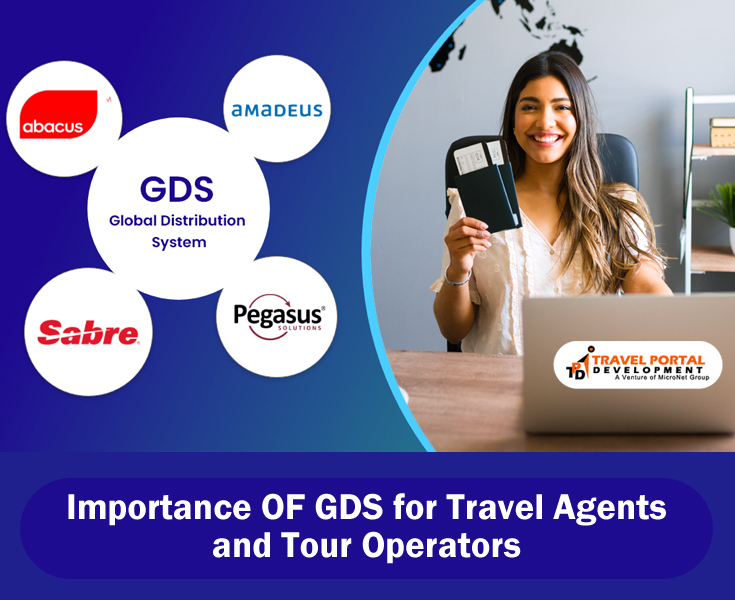Choosing the Right GDS
There are a few major GDS providers that travel agents can choose from including Amadeus, Sabre, and Travelport. Each offer different rates, integration costs, and features so it’s important to evaluate your specific business needs. If you are an existing large client, some GDS providers like Amadeus GDS travel distribution may offer their API access for free. However, for new travel agents, GDS providers usually charge significant fees ranging from hundreds of thousands to millions of Indian rupees. It’s best to get quotes directly from each GDS and compare not just pricing but also the specific airline content, technology support, and developer tools included. Consider starting smaller with a budget-friendly option if you are new to help minimize costs. Reach out to experienced travel technology companies for recommendations on the best fitting GDS.

Understanding Pricing Models
GDS providers have varying pricing models depending on factors like the size and volume of your travel agency. Larger travel agencies processing high transaction volumes may qualify for lower or even free monthly GDS subscription rates. However, new and smaller travel agents will likely face higher upfront and ongoing costs. Most GDS charge initial setup or licensing fees, monthly network access fees, and additional transaction-based fees. For example, Amadeus Enterprises API has monthly content and API fees on top of a fee per API request. This can amount to thousands of US dollars or millions of Indian rupees for new agencies. It’s crucial to build business projections to evaluate return on investment and break-even timelines based on different GDS pricing.
Integrating the Correct API
Once you choose a GDS provider, the next step is integrating their API into your travel booking website or backend systems. This technical integration process is generally outsourced to dedicated travel technology companies. Integration costs usually range from USD 1,500 to USD 4,000 depending on the scope and capabilities required. Look for experienced partners with proven track records integrating the specific GDS API you need. Ask for estimates, timelines, support contracts, and references from past clients. Proper integration is critical to ensure seamless booking flows, reliable availability and fare searches, and ongoing technical support. Budget accordingly to get the job done right from the start.
Maximizing Content and Airlines
While pricing is a major factor, you’ll also want to evaluate the breadth and depth of travel content included through each GDS. All providers have strong coverage of major airlines however coverage varies for niche or low-cost carriers. Ensuring your preferred partners are fully represented will maximize your booking opportunities. Likewise, confirm the specific regions, routes and flight types accessible. For example, some GDS may provide better rates for certain domestic vs international itineraries. Understanding these limitations upfront helps set appropriate customer expectations. Continuous investment is needed to expand coverage so revisit content regularly as your business grows.
Ongoing Technology Support
Once integrated, it’s critical GDS partners provide ongoing support, upgrades and training to take full advantage of the system. Evaluate support contract options, especially for:
- Updating to new API versions and features
- Resolving technical issues or downtime quickly
- Access to developer communities and resources
- Training programs for staff to optimize use
Choosing a GDS with a proven track record for responsive assistance and low downtime helps minimize disruptions that could impact bookings or the client experience long-term.

 Exploring Historic Sites in Iraq
Exploring Historic Sites in Iraq